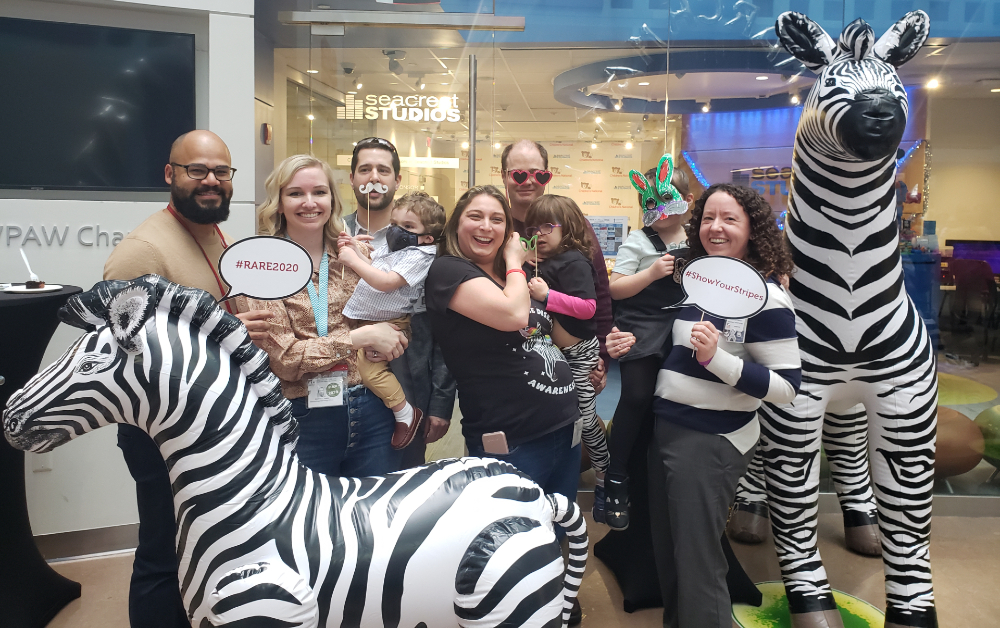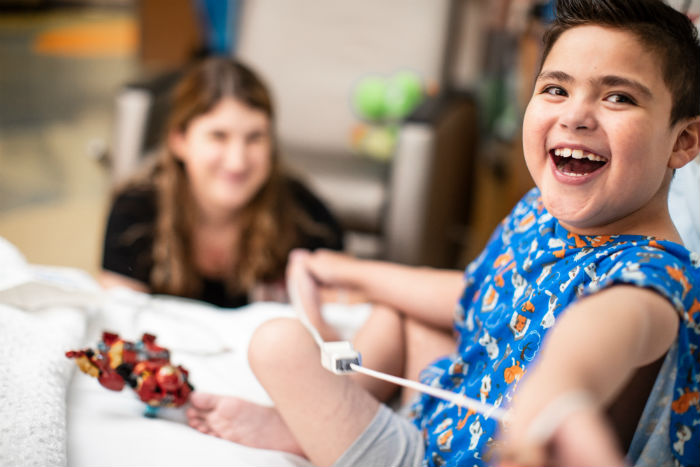Condition
Pediatric Birth Defects
What You Need to Know
A birth defect is a health problem or abnormal physical change that is present when a baby is born. Birth defects range from very mild to life-threatening and limiting.
Key Symptoms
The symptoms of birth defects depend on the type of defect. Symptoms can include:
- Abnormal shape of head, eyes, ears, mouth or face
- Abnormal shape of hands, feet or limbs
- Kidney, heart or intestinal problems
Diagnosis
Many birth defects can be diagnosed before birth. Doctors typically perform:
- Blood tests
- Prenatal screening
- Fetal ultrasound
Treatment
- There is no cure for birth defects
- Children can often be treated to help reduce problems
Schedule an Appointment
Our pediatric specialists provide personalized care for your child’s physical, mental and emotional health needs. Meet our providers and schedule an appointment today.
Frequently Asked Questions
Prevention and Risk Assessment
What is a birth defect in children?
What causes birth defects in a child?
Which children are at risk for birth defects?
What are the symptoms of birth defects in a child?
What are possible complications of birth defects in a child?
How can I help prevent birth defects in my child?
Diagnosis
How are birth defects diagnosed in a child?
Treatment
How are birth defects treated in a child?
How can I help my child live with a birth defect?
Next steps
Meet the Providers Who Treat Birth Defects
Tyson and Tyler's Story
Before they had even entered the world, Children's National doctors had hatched a plan to safely deliver and then separate conjoined twins Tyson and Tyler.
Departments that Treat Birth Defects

Rare Disease Institute - Genetics and Metabolism
Children's National Rare Disease Institute (CNRDI) is a first-of-its-kind center focused exclusively on advancing the care and treatment of children and adults with rare genetic diseases.

Help Kids and Make a Difference
Invest in future cures for some of life's most devastating diseases. Give today to help more children grow up stronger.









